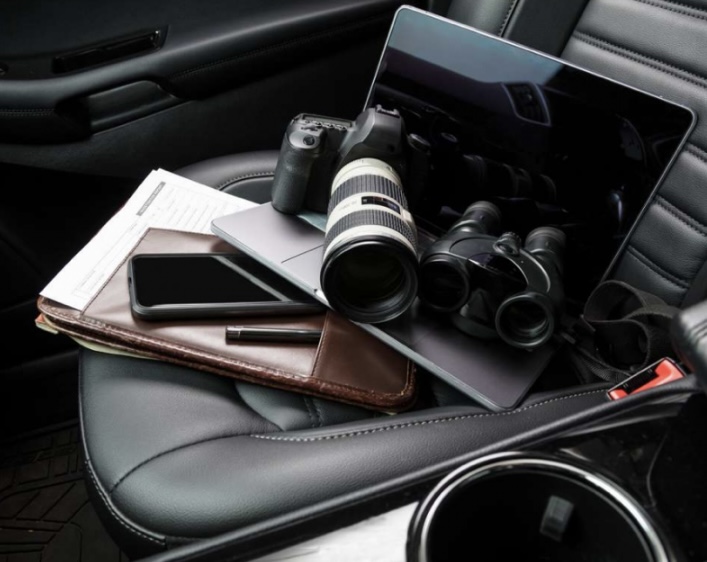CALL Now 647-229-5820 – FREE CONSULTATION – 24/7
CALL Now 647-229-5820 – FREE CONSULTATION – 24/7
The Art and Ethics of Physical Surveillance in Private Investigations

In the realm of private investigations, the art of physical surveillance stands as a cornerstone. It’s a craft that requires a delicate balance of skill, patience, and ethical consideration. With the advancement of technology, the landscape of surveillance has evolved, yet the fundamental principles remain unchanged. In this article, we delve into the intricacies of physical surveillance, its importance in private investigations, and the ethical considerations that guide its practice.
The Importance of Physical Surveillance
Physical surveillance is a crucial tool in private investigations for gathering evidence, uncovering truths, and providing valuable insights into a subject’s behavior and activities. Whether it’s tracking a cheating spouse, monitoring a suspect’s movements in a legal case, or conducting insurance fraud investigations, the ability to observe discreetly and gather pertinent information is indispensable.
Unlike digital surveillance methods, physical surveillance offers a unique perspective that cannot be replicated by cameras or software. It allows investigators to adapt to changing situations, assess body language, and capture nuanced details that may go unnoticed in a digital recording. Moreover, physical surveillance can be essential in cases where electronic surveillance is not feasible or legal restrictions apply.
The Art of Physical Surveillance
Effective physical surveillance requires a blend of technical proficiency, strategic planning, and meticulous attention to detail. From selecting vantage points and disguises to maintaining covert observation and adapting to unforeseen circumstances, every aspect of the surveillance operation demands precision and discretion.
Skilled investigators often employ a variety of techniques, such as mobile surveillance (following a subject in a vehicle or on foot) or stationary surveillance (monitoring from a fixed location). Each method comes with its own set of challenges and requires specialized training to execute effectively.
Furthermore, successful surveillance hinges on the ability to blend into the environment seamlessly while remaining vigilant and focused. It’s a delicate dance between staying inconspicuous and ensuring that the subject remains under constant observation.
Ethical Considerations
While physical surveillance can yield invaluable evidence, it’s imperative for investigators to operate within ethical boundaries. Respect for privacy rights, adherence to applicable laws and regulations, and maintaining the dignity of all parties involved are non-negotiable principles.
Investigators must exercise discretion to avoid unnecessary intrusion into the personal lives of individuals under surveillance. It’s essential to strike a balance between obtaining relevant information and respecting the boundaries of privacy.
Moreover, transparency with clients regarding the methods and limitations of physical surveillance is paramount. Clients should be informed about the legal implications, potential risks, and ethical considerations associated with surveillance operations.
Conclusion
Physical surveillance remains a cornerstone of private investigations, offering unique insights and evidence that digital methods cannot replicate. However, its practice requires a delicate balance of skill, strategy, and ethical consideration. By adhering to strict ethical guidelines, respecting privacy rights, and maintaining transparency with clients, investigators can uphold the integrity of their profession while delivering results with integrity and professionalism.
QUICK LINKS
- Home
- Services
- FAQ
- BLOG
- CONTACT US
OFFICE
- 40 Hunt Street Suite 207 Ajax, Ontario L1S 3M2
- +1 647-229-5820
- info@aventusinvestigationsinc.com


